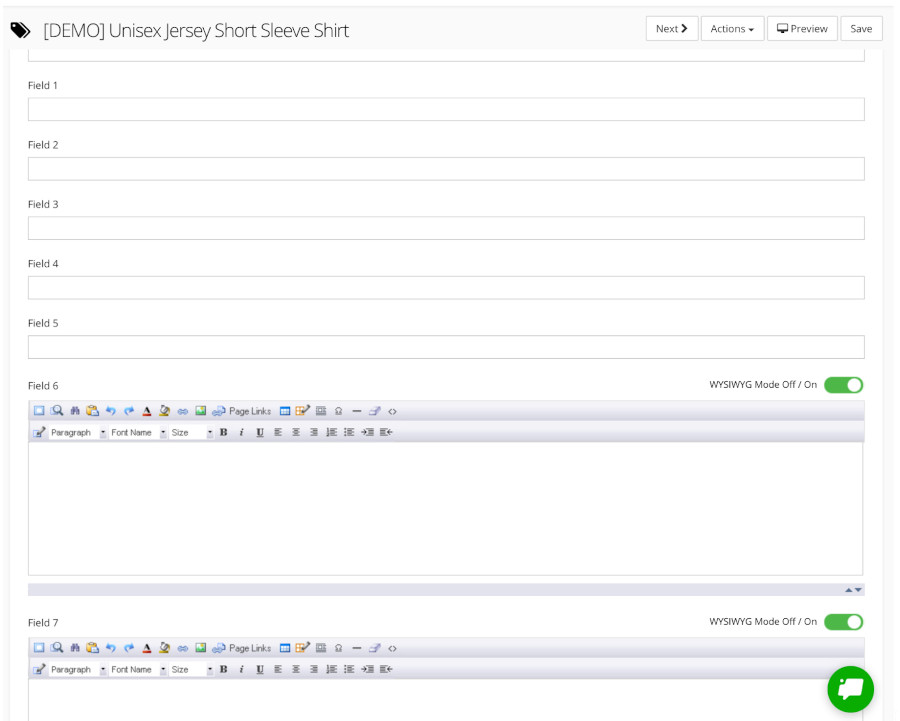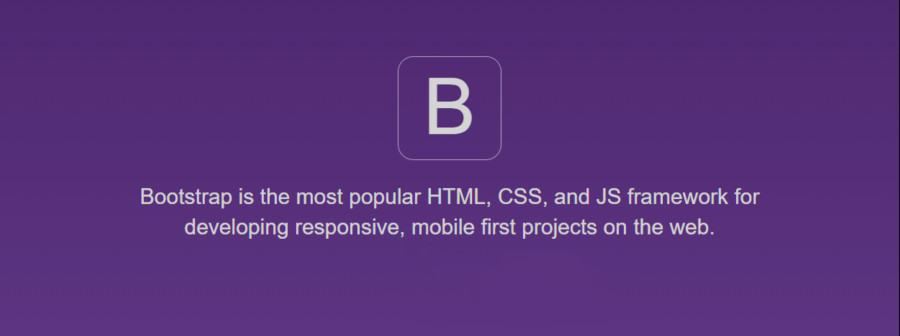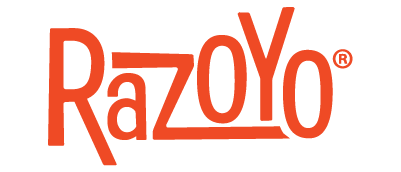
Our Review of 3dCart
October 26, 2020 by Paul Byrne

A Big Thank You to 3dCart
First of all, I would like to thank the 3dCart folks for giving me ample time to explore their platform, kick the tires, and take it for a test drive. Razoyo is not a 3dCart partner and has not received any consideration for the writing of this article, but because we offer platform selection consulting services, we are always eager to do a deep dive on new and upgraded offerings.
A Surprisingly Capable Platform
Given the rapidly increasing complexities of managing an online store, creating, maintaining, and growing an ecommerce platform requires a keen vision of the future, the ability to act quickly, and strong development practices. I believe 3dCart encompasses all of the above.
Overall Impressions
It’s important that any platform we recommend not only has strong fundamentals, but also has a well-documented API, marketplace and product feed integrations, and a good admin experience. 3dCart definitely checks all of these boxes as well. Where 3dCart really shines, however, is in its handling of large catalogs and the inclusion of some built-in B2B features.

Catalog
Working with the catalog is much like any other platform. 3dCart easily accommodates simple products, products with variants, digital products, and gift certificates. It also allows for multiple types of media, though currently it doesn’t appear to have a place to add PDFs or other types of files for things like schematics or Material Data Safety sheets.
So where does 3dCart really stand out in the catalog area? Many platforms place arbitrary limits on SKU counts, categories, category tree depth, and so forth: 3dCart does not. This lack of limits opens up catalog customization and makes it ideal for merchants with large fitment databases and high numbers of product variants.
We recently moved a merchant who had products with dozens of styles and other options from Magento 1 to another SaaS platform. Because the other platform had a limit on how many variations a product can have, we ended up reorganizing some of the products into categories. While in this particular case, the tradeoff will probably have SEO and navigation benefits, we would not have been forced to make it if we had been moving to 3dCart instead.
I spoke to the engineers at 3dCart about how they keep performance up and keep small merchants with large catalogs from “hoggin’” server resources. As with many engineering problems it comes down to data design and just focusing on the issue. They know this is a competitive advantage and allocate the necessary brainpower to solve the problem.
Hints of their approach are visible in the organization of the product record. When you create a product you will notice there are enumerated fields, 5 for simple text and 8 for rich text/graphics.

It’s not hard to imagine that these “fixed” fields sit as columns in the product record. It is also possible to add additional key value pairs of any kind to the products. These are most likely serialized and stored in the product record as their own column. Some database engineers would say this creates “waste” in the product table, yet, it fulfills the need for speed and flexibility in this case.
In addition, some filters, including manufacturer and price, are automatically applied to all product categories. However, setting up custom filters and filtering, while possible, does take some extra effort in 3dCart and how to do it is not evident while working in the catalog.
However, other solutions are not without their own faults. For instance, Magento’s database runs on EAV tables. When ALL data is stored as EAV, you start having to engineer around join limits in the database to avoid performance degradation. OroCommerce strikes a middle ground by using ”serialized fields", which give database engineers more options to optimize performance for larger catalogs, subsequently creating indexing challenges.
Design
3dCart’s design process is quite similar to other platforms. Because there are no additional frameworks or techniques (like SASS) required, frontend designers will find the workflow very similar to what they are used to: HTML, CSS, Javascript.
One pleasant surprise (which speaks to 3dCart’s B2B focus) is the integration of Bootstrap classes. The Bootstrap library is well-known (even among inexperienced developers and designers), reliable, and addresses a large number of User Interface (UI) elements.

Additional features and limitations of 3dCart
On the plus side
Built in support for for Drop Shipping
Drop ship management is integrated and allows you to create profiles for your drop shippers that include point of origin (for calculating shipping costs) and email notifications to alert them orders are placed. Additionally, if you have distributors that cover different geographical regions, you can easily ensure that the most cost-effective shipping point of origin is applied for purchases.
While somewhat basic, I could see a small enterprise that relies on drop shippers using this system quite effectively.
Multi-warehouse support
Using the manufacturer feature, it is possible to assign products to different warehouse locations for efficient shipping and order tracking.
Webhooks and REST API
Modern SaaS platforms should allow developers to add functionality by tieing in middleware. 3dCart has both a well-documented, broad API and the ability to fire webhooks based on a wide range of events.
Square POS core integration
Merchants with brick and mortar storefronts or who sell at fairs and events will appreciate this.
On the minus side
Lack of GraphQL support
Headless applications (like Progressive Web Apps (PWAs) and mobile applications) require the efficiency of GraphQL to minimize data trafficking and request count over limited bandwidth connections. Unfortunately, 3dCart does not yet support this.
Limited Integrations
One of my biggest concerns here is DataFeedWatch. It is one of the most widely used feed services among Razoyo clients and one we highly recommend. 3dCart does not yet support it, however, it does support other data feeds.
ShipperHQ has become the most widely used shipping quoting platform among SMBs (Small-to-Medium Sized Businesses) and is available on a wide variety of platforms. While 3dCart has a very useful shipping restrictions feature built in, it, unfortunately, lacks the breadth and depth of ShipperHQ’s controls.
Recommendations
I think 3dCart is definitely a platform to investigate when deciding where to hang your shingle. Merchants who focus on B2B sales and have large catalogs will find its core features advantageous.
Explore with AI:
These links open AI platforms with pre-written prompts about this page.





